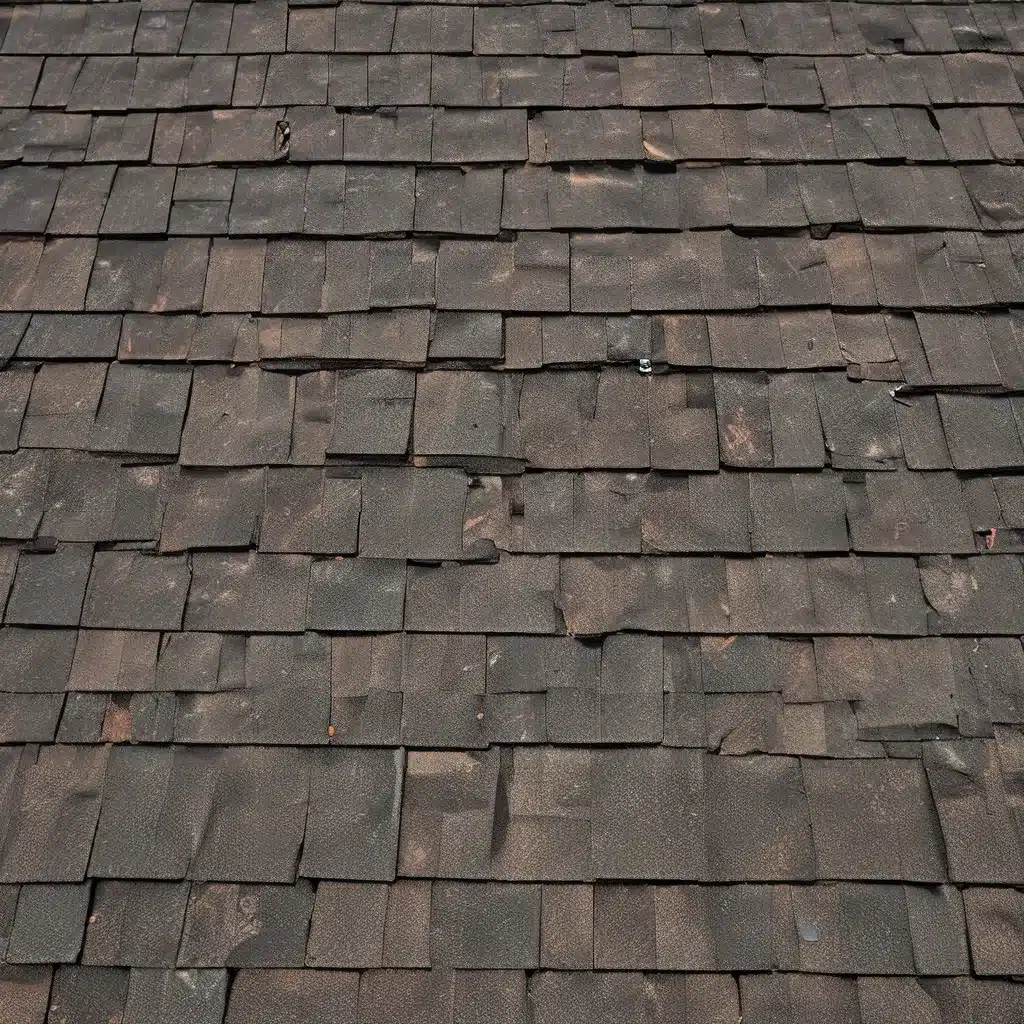
Ah, the age-old dilemma – why is my insurance so darn expensive? As an insurance nerd (there, I admitted it), I can tell you it’s not as simple as pointing the finger at the industry. In fact, the real culprit might be a lot closer to home… literally. That’s right, folks – your roof could be the silent villain driving up your insurance costs.
Now, I know what you’re thinking – my roof? Really? But hear me out. The reality is, the increasing frequency and severity of natural disasters, combined with the rising costs of construction and materials, are putting a serious strain on the insurance industry. And when it comes to protecting your home, your roof is the first line of defense.
Roof Resilience in the Face of Extreme Weather
According to the Triple-I, Hurricane Beryl’s rapid escalation from a tropical storm to a Category 5 hurricane is just the beginning of what we can expect in the 2024 Atlantic hurricane season. With predictions of a well above-average number of named storms, hurricanes, and major hurricanes, homeowners in hurricane-prone areas better be prepared.
But it’s not just hurricanes we need to worry about. The Triple-I also points to the recent historic wildfires in Texas, which have highlighted the variability of climate-related perils and the importance of using advanced data to predict and prevent losses. These extreme weather events are putting our roofs to the test, and unfortunately, many just aren’t up to the challenge.
“When subjected to extreme heat, roofs can become more brittle and prone to damage from wind or hail,” warned Triple-I Chief Insurance Officer Dale Porfilio. “So you have to think about the roof coverage on your home insurance policy.”
Hail, wind, and even heavy snowfall can all wreak havoc on our roofs, leading to costly claims that drive up insurance premiums for everyone. And as climate change continues to fuel more intense and unpredictable weather patterns, the problem is only going to get worse.
The Importance of Resilient Roofing
The good news is that there are steps homeowners can take to fortify their roofs and reduce the risk of damage. Installing roof tie-downs and a proper drainage system, as well as investing in wind-rated garage doors and storm shutters, can all boost a home’s resilience to hurricanes and other severe storms.
But it’s not just about protecting your own property. When your roof withstands the elements, it also helps keep insurance costs down for your entire community. As the Southern Roofing Company explains, “Every dollar invested in disaster resilience could save $13 in property damage remediation and economic impact costs.” That’s a pretty impressive return on investment if you ask me.
Of course, making these resilience upgrades isn’t always cheap or easy. And let’s be honest, who wants to think about their roof when they could be fantasizing about their next vacation? But the reality is, ignoring the problem won’t make it go away. In fact, it’ll likely just lead to even higher insurance bills down the road.
Navigating the Regulatory Landscape
The insurance industry isn’t the only one grappling with the challenges posed by extreme weather and rising construction costs. Governments at all levels are also struggling to find solutions.
Take Florida, for example. The Triple-I reports that the state’s insurance market has improved, with homeowners insurance premium growth “flattening somewhat” as a result of tort reform legislation. Meanwhile, Louisiana’s legislature has also addressed insurance reform during its most recent session.
But the regulatory landscape can be a minefield, with well-intentioned measures sometimes doing more harm than good. The Triple-I highlights the case of California, where Proposition 103 has “hindered insurers’ ability to profitably write homeowners coverage” by blocking the use of modeling to inform underwriting and pricing, and restricting their ability to incorporate reinsurance costs.
It’s a delicate balance, and one that requires collaboration between the insurance industry, policymakers, and the public. After all, we’re all in this together – the risks we face are not just an “insurance crisis,” but a risk crisis that affects us all.
Partnering for a Resilient Future
The good news is that the insurance industry is stepping up to the plate, using advanced data and analytical tools to better understand and price these emerging risks. As the Triple-I notes, insurers are “ideal partners for businesses, communities, governments, and nonprofits” when it comes to addressing climate risk and building resilience.
But it’s not just the insurance industry that needs to be part of the solution. Homeowners, too, have a crucial role to play. By investing in roof upgrades and other resilience measures, we can not only protect our own properties, but also contribute to the overall affordability and availability of insurance coverage.
It’s a tall order, I know. But the alternative – sitting back and watching our insurance premiums skyrocket – is simply not an option. After all, who wants to be the one responsible for single-handedly driving up everyone’s rates? Not this insurance nerd, that’s for sure.
So, let’s roll up our sleeves and get to work. With a little bit of elbow grease and a whole lot of cooperation, I believe we can weather the storm (pun very much intended) and create a more resilient future for us all. Who’s with me?